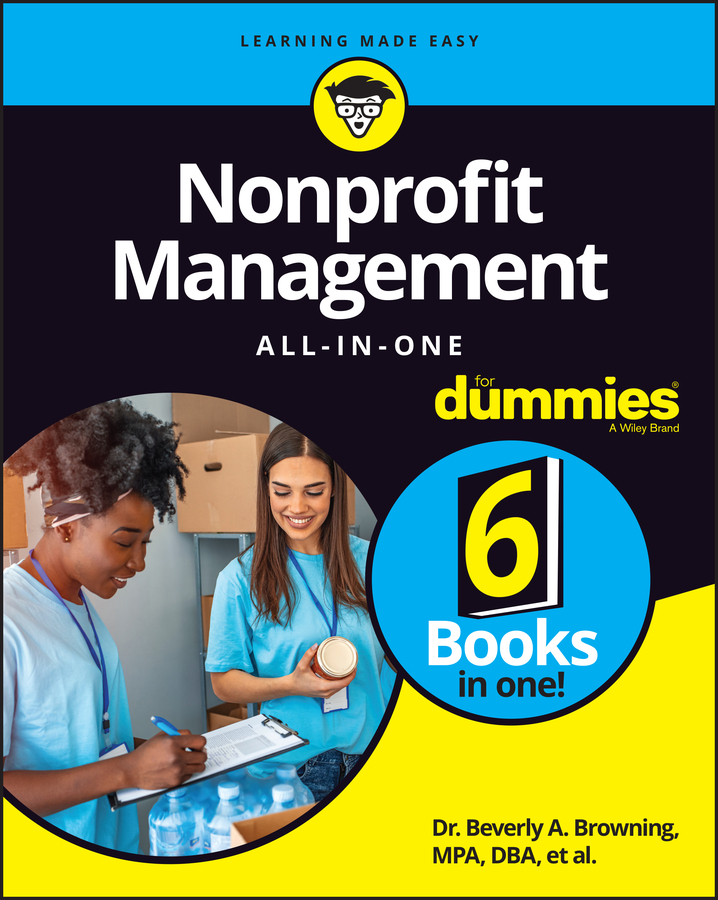A needs assessment is an important part of nonprofit program planning. If you’re thinking of starting a new program, for example, a needs assessment to determine whether the program is necessary should be the first step you take.
A needs assessment is more or less a research project. You don’t necessarily need to hold to the strict requirements of scientific inquiry, but just as you do when collecting information to help guide organizational planning, you should do everything possible to ensure that the information is accurate and free of bias.
Determine the questions to be answered
Your needs assessment should evaluate the answers to the following questions:
Are other organizations providing the same service? Obviously, you don’t want to duplicate services if another organization is already doing the job. If you believe that your competition isn’t doing a good job, that’s another question. Jump to the second point.
How many people might use the service? Getting a good estimate of the number of people the new program will serve is important. Doing so helps you justify establishing the program and helps you plan for staff needs.
Can and will people pay for the service? If so, how much? How many of the people you hope to serve will need discounted tuition or scholarships, for example?
Do we need to meet any special requirements for providing the program? Does the program need to be near good public transportation? Is parking important? Will people come to the neighborhood where you’re providing the services?
What are the trends? Will the number of people using the service increase or decrease in the future? Is the population in your community increasing, decreasing, or staying the same? If you begin with 25 clients, how many clients do you expect to have in three years?
How to find the best data
Just as when you collect information for organizational planning, your goal in program planning is to get the most accurate, unbiased data available. Don’t depend on only one source. Here are some ways to get the information you need:
Talk to colleagues in your community. Ideally, you have relationships with the people and organizations that provide similar services. Ask their opinions about your ideas for new programming.
Look at census data. The best sources for population information are the numbers collected through a census. Some municipal and regional planning groups also publish population-growth projections. These projections are estimates, but census data doesn’t represent an absolutely accurate count of the people in your community, either. Gather all the numbers you can get.
Visit a Foundation Center library. By looking at funding trends, you can piece together a picture of what services are available and who is supporting them. You can find a Foundation Center library near you or subscribe to its services online.
Get information from potential users of the service by distributing questionnaires and holding focus groups. The questions you ask in large part determine the answers you get. If possible, find someone who has experience in preparing survey questions to give you a hand.
Look at similar programs in other communities. Although you can’t always depend on the experience of others fitting exactly with your particular situation, examining what others have done is always wise.
Some people say they don’t want to share an idea with others because they’re afraid someone may steal it. Although you can’t rule out the chances of this happening, it’s a rare occurrence. In almost all cases, being open about your plans is a good idea.

